Start Exploring Keyword Ideas
Use Serpstat to find the best keywords for your website
How To Convert Organic Traffic Into Qualified Leads

If this sounds like you, this blog post is here to help.
Optimizing for search engines, boosting your website’s ranking and visibility, and getting organic traffic is not an easy feat to achieve. But even if you do achieve it, it’s only the beginning.
Why? Because having visitors come to your website organically is great, but only if it translates into revenue and helps your business’ bottom line. And that happens if your visitors convert into leads, and eventually, customers.
And, your visitors should be converting—in a recent Databox survey, more than 67% of respondents said organic traffic converts better than any other channel. Meanwhile, another of their surveys revealed that many marketing and sales teams have a traffic-to-lead conversion rate of 10%.
Those are both significant numbers. They show how businesses across industries have leveraged organic traffic and why you, too, should optimize your website not only for search but also for conversions.
This article will take you through 12 actionable tips you can implement to level up your visitors to leads and then nurture them into becoming valuable customers.
12 tips to convert your organic traffic into qualified leads
- Align your website’s content with user intent
- Double down on the content that converts
- Link your blogs to relevant product/service pages
- Plug lead magnets and opt-in to grow your email list
- Create content upgrades
- Optimize your landing pages for conversions
- Add live chat to your website
- Sprinkle social proof throughout your website
- Improve your website’s user experience
- Identify B2B anonymous website visitors and convert them into sales leads
- Retarget your organic traffic
- Nurture captured leads with email marketing
What Is A Qualified Lead?
Generally, a qualified lead is a potential customer who has shown interest in your brand or product/service and willingly given you their information.
But this can mean different things for different businesses. A SaaS company, for instance, might consider a free trial or demo request the criteria for qualifying a lead. Another business might take reading a few blogs and a case study or downloading an eBook as signs that someone is interested in their product.
There are no one-size-fits-all criteria to qualify leads — it’s unique to every business. But once you have a clear idea about your criteria, get started with these tips to take full advantage of your organic traffic and generate qualified leads.
12 Tips To Convert Your Organic Traffic Into Qualified Leads
Align your website’s content with user intent
That is, instead of creating content around keywords, think about why your visitors search for particular terms — what they want when they type in that term, their intent behind it.
While meeting user intent is an integral part of SEO, it often gets lost in the quest to rank for high-volume keywords.
However, intent optimization can help you attract more prospects, and the value your content offers can help convert them into leads and customers.
Now, the first thing you can do to match your content with user intent is to run a content audit on your website. Look at your existing pages and whether they’re solving queries and ranking for trustworthy answers. Also, add relevant calls-to-action (CTA) to them to increase the chances of conversion.
Going forward, you can look after intent in your strategy by creating content for users across different stages of the funnel.
Identify and understand the pain points consumers face at different phases of their buying journey and cover content that addresses that problem and solves their search query.
For example, instead of going for a sale, create informative “How To” articles to attract top-of-the-funnel leads — they’ll help you educate them, establish your expertise, and build a relationship. You can even add CTAs prompting users to join your email list so you can continue nurturing them with valuable information.
Meanwhile, comparison posts or case studies can be beneficial to converting your middle or bottom-funnel leads.
For instance, a page like this is not only likely to get high traffic but also high leads and signups.
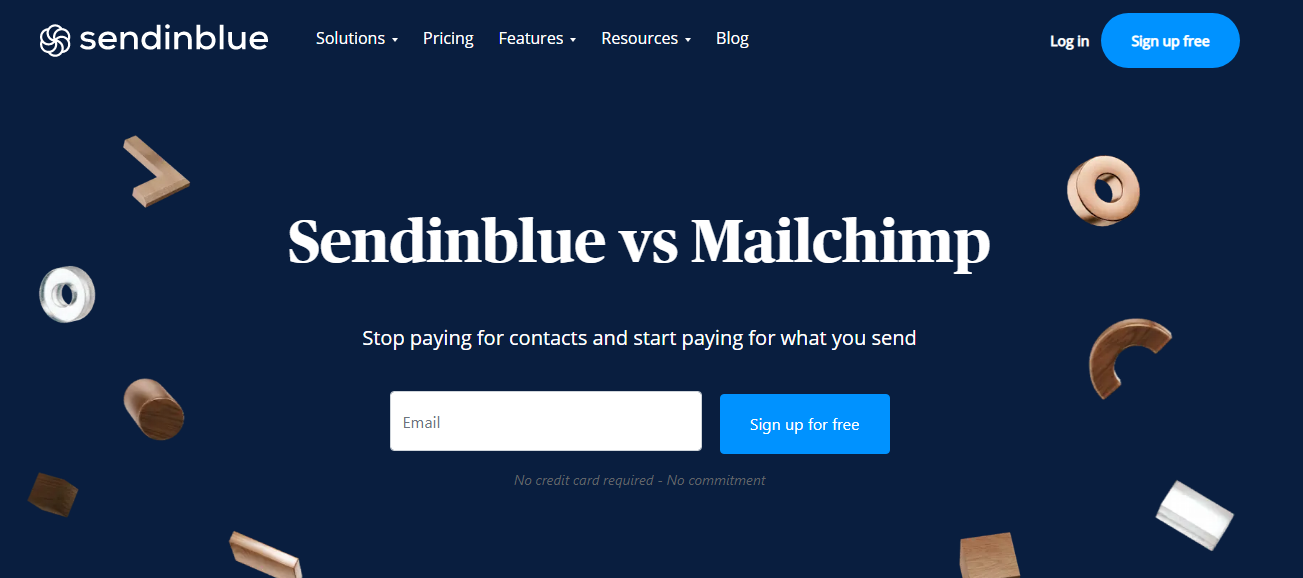
Besides market research, the best way to create intent-oriented content is to interact with your past and current customers and take cues from your conversations with your prospects, and the questions or objections they raise.
This will give you a good sense of what content people at different stages of the funnel are interested in, the problems they face and are looking to solve.
Double down on the content that converts
The first step here is to set up your conversion goals on Google Analytics. You can set them based on the time a user spends on a page, the number of pages they view or based on an event — like whether they submit a form or download a PDF.
Once you’ve configured your goals, track which pages get you the most clicks (or your “entry” pages) and which ones generate the most leads for you.
This will be a gold mine of information — it’ll tell you the content (information and type) your audience is looking for, what meets their interests, and can address their problems.
So, for instance, if your analytics show that an “X Alternatives” post like this brings you qualified leads, you’ll know what content speaks to your audience and can create similar posts like this one from Moosend that explains that they’re an alternative to Mailchimp and so generate more leads and push them down the funnel.
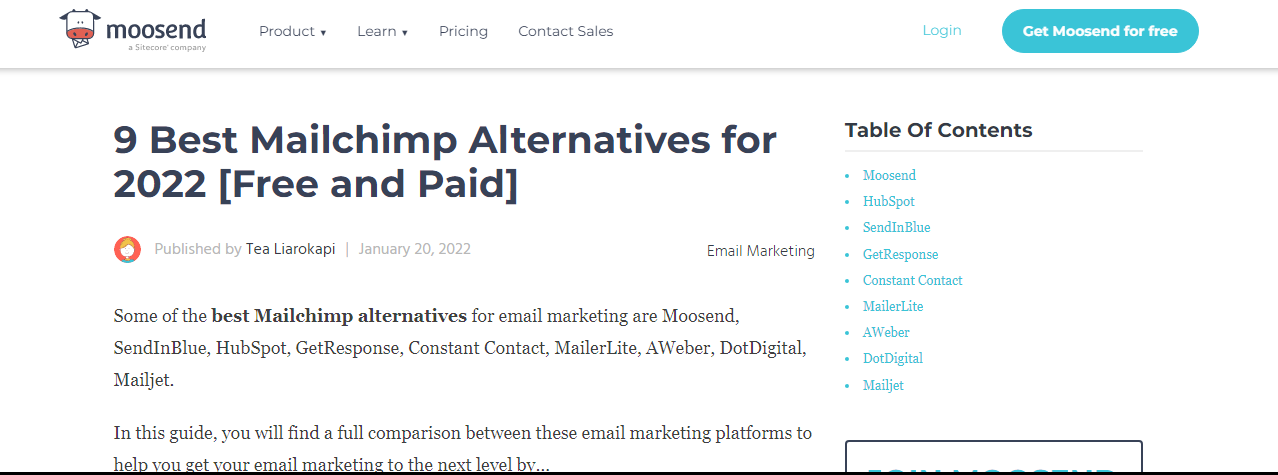
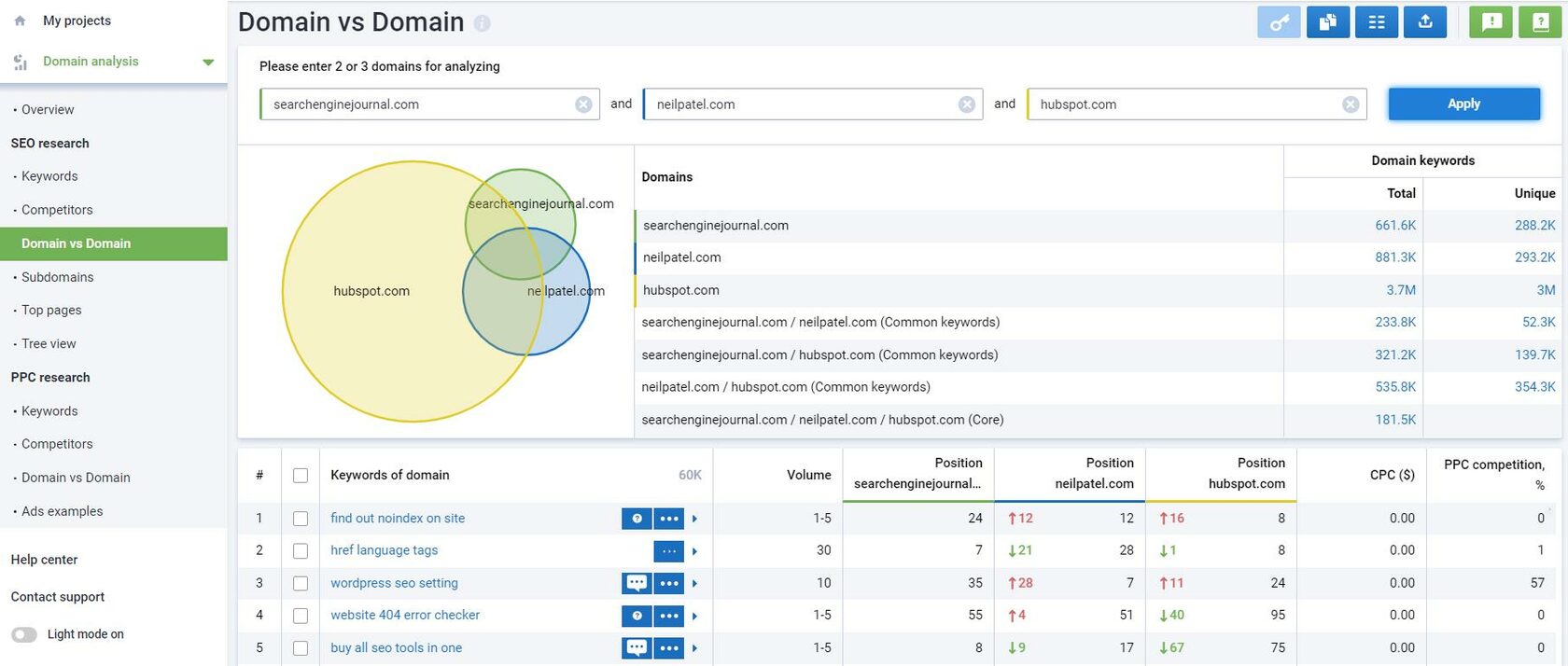
Link your blogs to relevant product/service pages
So, suppose a specific blog post gets traffic from a particular search query. In that case, it'll help users understand how they can solve that problem while directing them to your product/service as a potential solution.
For example, notice how smartly Hubspot promotes its lead nurturing course within a blog on a similar topic.
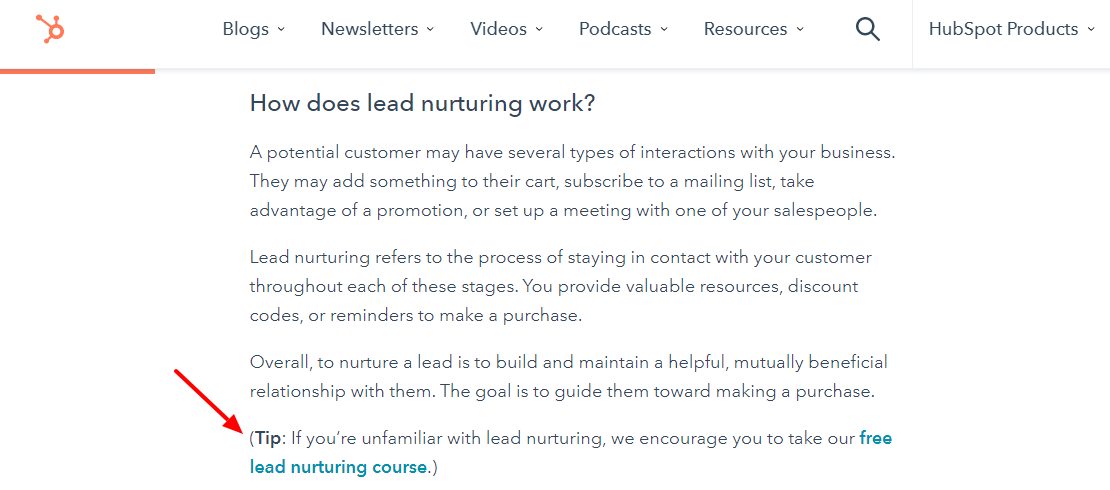

Plug lead magnets and opt-in to grow your email list
But this is where building an email list comes into play—it helps you engage and nurture subscribers, provide them value over time, and eventually convert some of your leads into paying customers.
Offering lead magnets in exchange for email addresses is a great strategy to convert your website traffic. Moreover, if someone divulges their website/email id to grab your content, it’s a sign they’re interested in what you have to offer and are thus a qualified lead.
Your lead magnet can be an eBook, whitepaper, checklist, cheat sheet—anything that will be beneficial to your audience and tempt them to give you their contact information.
Either way, make sure to promote your lead magnet or form and put it in front of your audience—you can plug it on your homepage, within your blogs, or even show it as a popup.
Also, make sure to convey the benefits users will get by signing up like Okwrite does below.
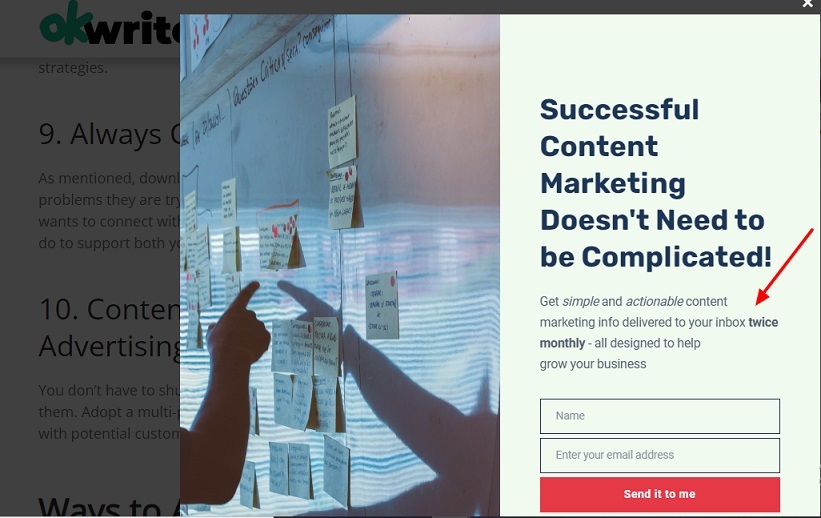
Create content upgrades
Content upgrades are also bonuses you give to your visitors for free in exchange for their email addresses. However, what makes them different from lead magnets is that they are specific and tailored to a particular post on your blog.
So, while you can promote your lead magnets site-wide, a content upgrade is positioned within a specific article and is meant to provide more value on the same topic.
Content upgrades are a great way to measure qualified leads—because those who are interested in your content and read it in its entirety are more likely to sign up for bonus resources.
The success stories of these resources are also many. Wishpond, for instance, increased their email opt-ins by 1,650% when they started offering contextual and relevant content upgrades within their posts instead of generic eBooks.
- Find a high-traffic post on your website. (You can use Google Analytics for this.)
- Identify and create a supporting resource that can up the value of the post.
- Add an opt-in form within the post to promote this resource (You can embed it at the end or repeatedly within your post.)
And, you can offer any digital product like templates, case studies, checklists, printables, or just extended blog content as an upgrade.
CoSchedule does a great job at this — they’ve created various template bundles and promote them within related blogs. The thought of getting more value and further simplifying the task at hand can convince visitors to sign up and give their email ids.
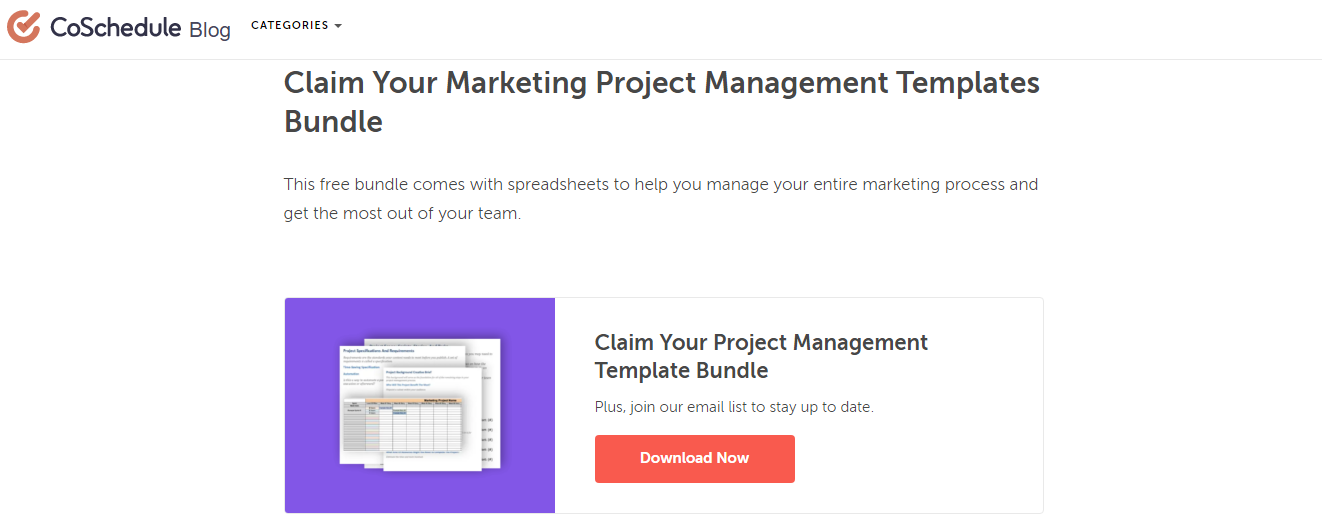
Optimize your landing pages for conversions
A poor landing page, whether it’s for your lead magnet or core product/service, could be a reason why your website traffic isn’t converting.
Use Analytics and tools like heatmaps and scroll maps to check your landing page performance, where users click and stop, and where they bounce off.
You can tweak elements based on the data you gather, but some landing page best practices are:
- Pique interest and curiosity through your headline — address the user’s pain point and goal and highlight the value of your offer.
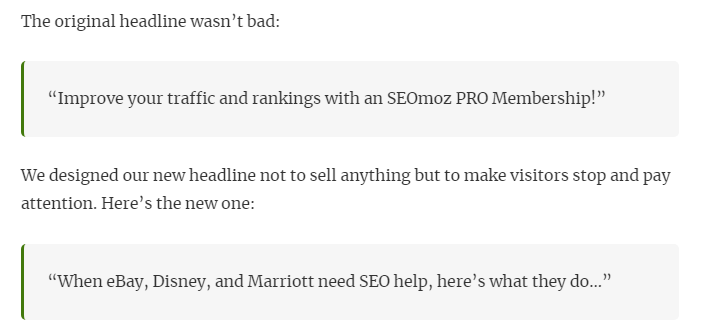
- Use customer-centric language to write copy that resonates with your audience. Also, explain how your product/service can help them through it.
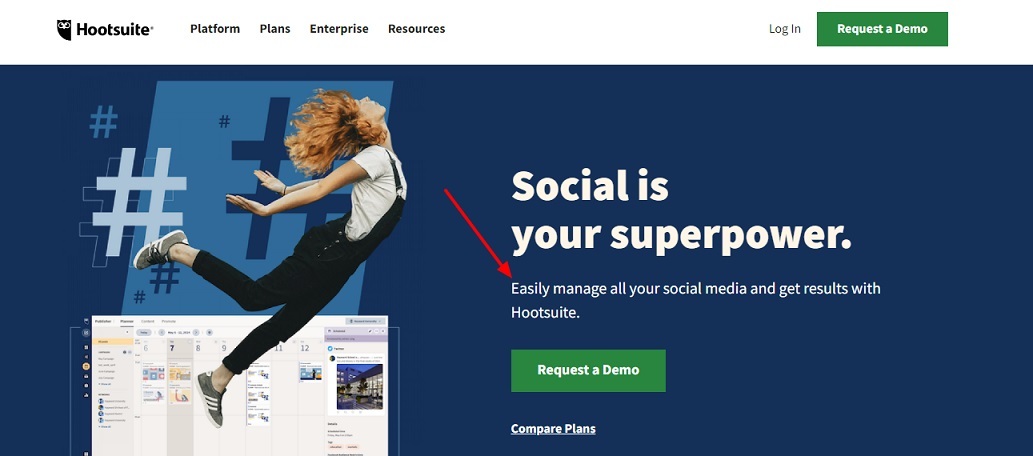
- Go for a simple yet benefits-driven CTA, telling users what they’ll gain by signing up — like an eBook or a free masterclass.
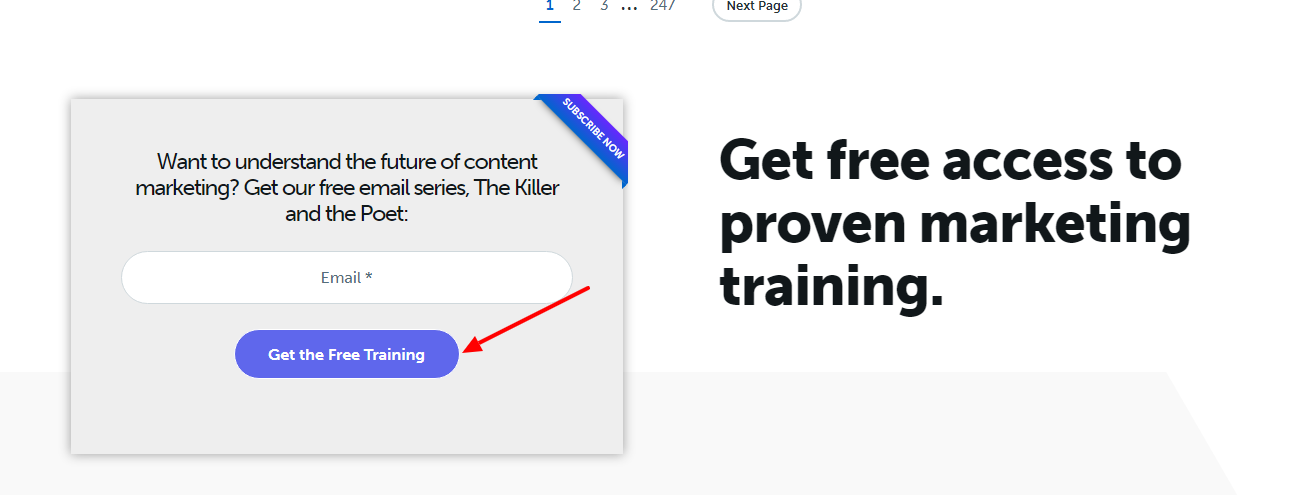
- Make your headline and CTA stand out by using contrasting colors to the rest of the landing page.
- Add compelling visuals and social proof to build trust.
- Test different form lengths and see what works for you. For instance, if your landing page’s purpose is to entice people to download a free digital asset or subscribe to your email list, you can keep the form short, asking for only their name and email address.
However, a longer form asking for more details can be useful if you want to qualify leads for your product/service.
Most importantly, keep A/B testing your landing page to see which change brings the best results.
Add live chat to your website
Offering real-time support, live chat helps engage visitors, resolve any query they may have about your product/service, and thus, guide them down the funnel. Besides, research suggests that a live chat feature can increase website conversions by 20%.
Now, whether you use a chatbot or get your sales team or a live chat agent to reply, the key is to tailor responses based on each user’s context and the stage they’re at.
For instance, the greetings or questions displayed to users reading an informational blog (awareness stage) should ideally be different from those shown to someone on your pricing page (consideration stage).
It's important to tailor the messaging and design of your website based on the stage of the buyer's journey, as presenting retail pricing too early in the process can deter potential customers who are still in the awareness or consideration stages.
You can understand a user’s context through their on-site behavior—the pages they’re visiting, their session duration, the content they’re reading, and whether they’re a returning visitor.
Then, personalize your messages to incite a response from them and improve their experience at your website.
This is how OptinMonster does this — they tracked visits, understood the visitor was a repeating one, and used that to build a connection with them.
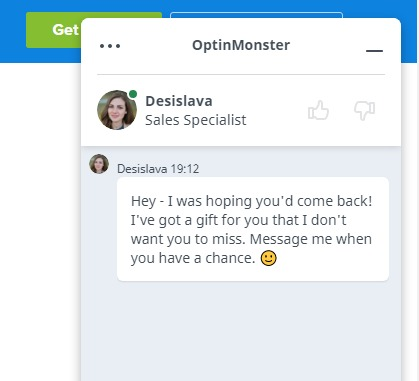
Sprinkle social proof throughout your website
91% of shoppers check out reviews before buying from a business — that is a massive number and exemplifies that social proof helps build trust and credibility and convey the value of your product/service.
Doing so helps prospects take the desired action and convert into leads or customers.
Some types of social proof you can add and leverage on your website are:
- Customer testimonials or logos.
- Real-time statistics showing purchases, sign-ups, or how many people are currently viewing a page.
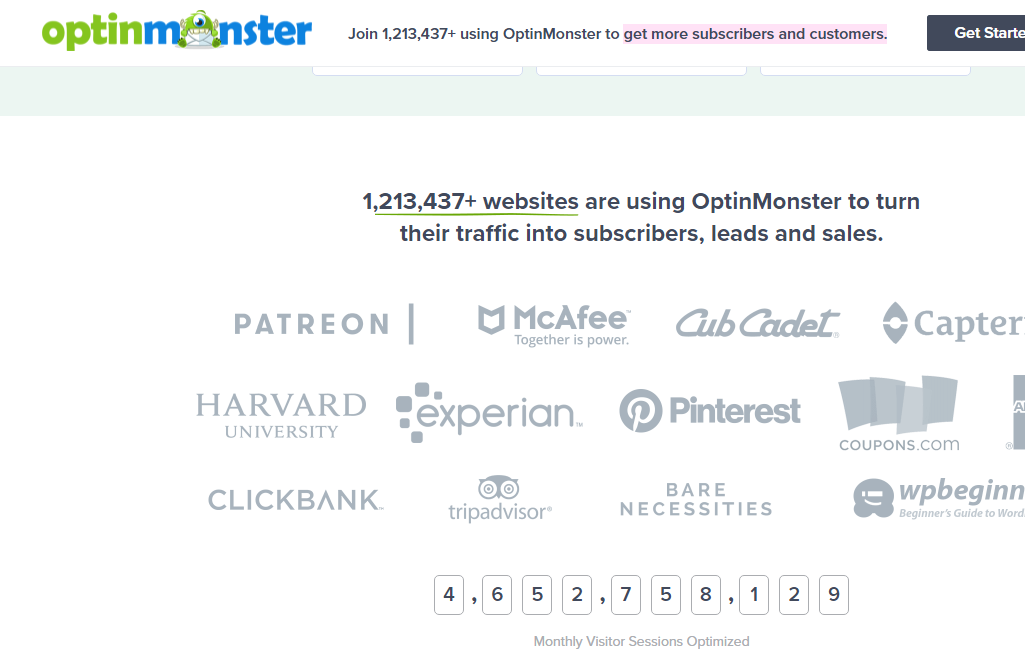
- Long-form social proof like case studies.
- Displaying your social media following.
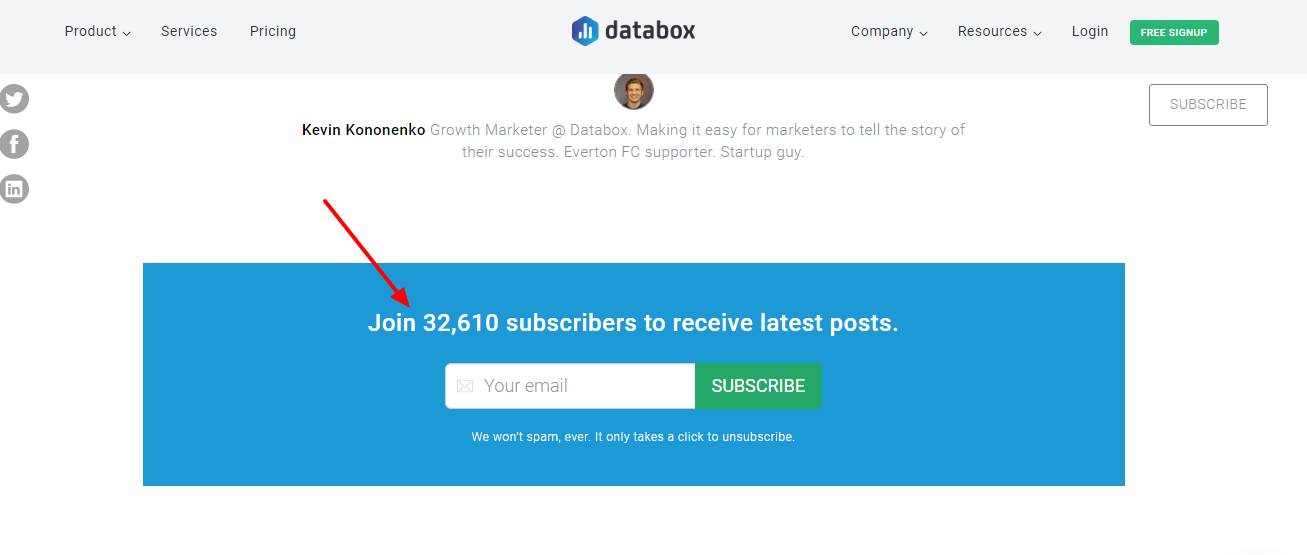
Improve your website’s user experience
Improving your website’s user experience is important for boosting traffic conversions.
A smooth and easy-to-follow website allows you to guide users to the action you want them to take while creating a positive impression of your brand and enhancing credibility. This can ultimately help you turn more visitors into leads.
Now, you can use tools like scroll maps and session recordings to understand how users interact with your website, whether and where they face obstacles, and make changes accordingly.
Some pro tips to improve your website’s user experience are:
- Optimize your website for mobile devices and speed
So, make your website mobile-friendly—you can even use tools like TestMySite to run speed tests and make tweaks, like compressing image sizes.
- Use scroll maps to see where users stop scrolling on a page — place a CTA there to give them another chance to convert.
- Don’t confuse visitors by placing multiple CTAs together. Spread them throughout your blog or landing page to reiterate your message and increase conversions.
- Set your live chat trigger to “equal to or greater than the average time to complete CTA/form” to not distract users away from your CTA.
- Have a guide or FAQ section to build trust and guide users through the funnel.

Identify B2B anonymous website visitors and convert them into sales leads
But what if you could track these anonymous visitors, see if they fit your ideal customer persona, and proactively contact them?
That’s what website visitor tracking software like Leadfeeder allows you to do.
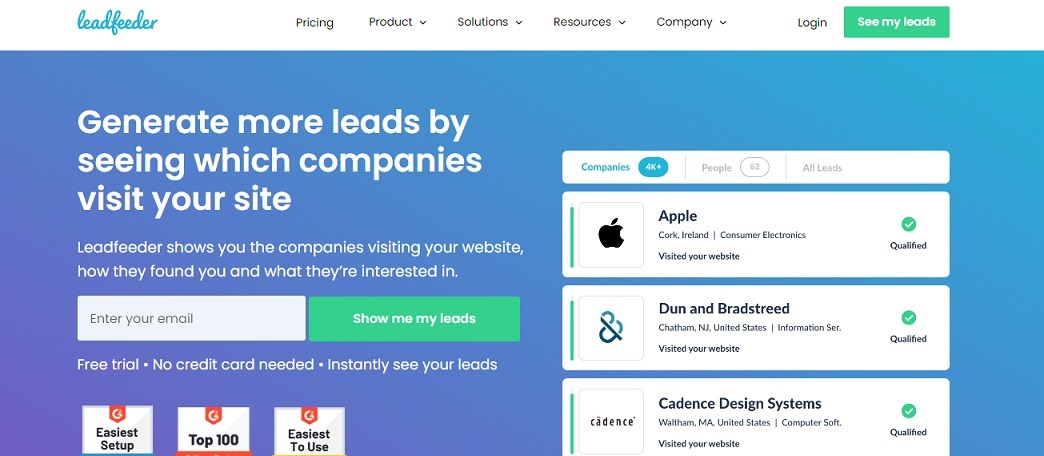
This information can help you qualify leads and understand which companies you should focus on reaching out to.
That’s not it. These tools also pull up the contact information of key people within these companies. You can then look these contacts up on LinkedIn Sales Navigator, see if the company size or employee count meets your criteria, and you’ll have a list of warm leads ready.
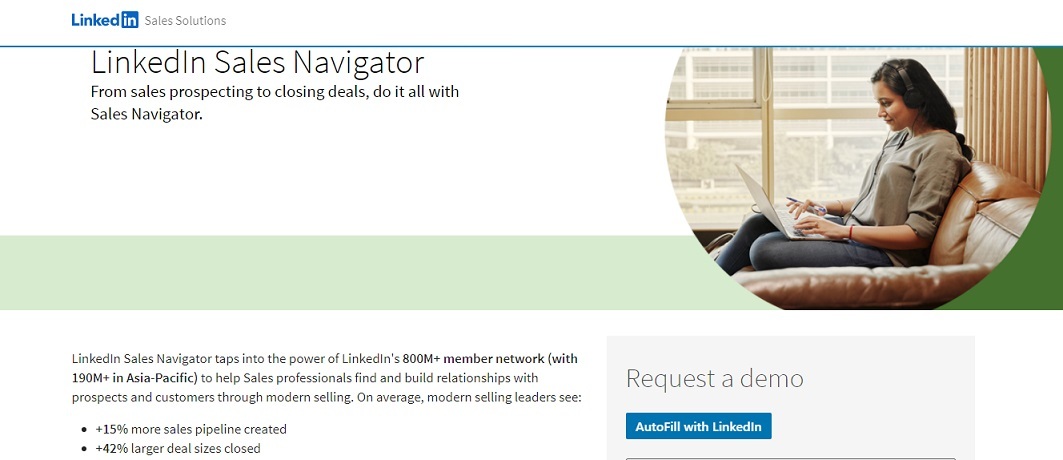
This entire process helps you identify leads you would’ve otherwise missed, fine-tune your outreach efforts, automate your sales process and close more sales.
Retarget your organic traffic
This is where retargeting campaigns come into the picture—they help you build recognition and familiarity, stay top-of-mind of prospects, and increase their chances of buying from you when they’re ready.
Retargeting your organic traffic with Google or social media ads is also an intelligent and effective strategy—because you’re essentially targeting people who’ve visited your website and shown interest in your business.
Now, the simplest way to get started with this is to place a pixel on your website, track visitor behavior, and then retarget them with specific ads when they’re surfing elsewhere.
To take your campaign to the next level and get more efficient results, you can retarget visitors based on their actions on your website, like visiting a particular product or landing page. You can do this by adding a specific page’s URL when setting up your retargeting audience.
For example, this is how Moosend retargets visitors who checked out their “Mailchimp Alternatives” post. This strategy can help make your ads more tailored and drive more conversions faster.

The whole idea of retargeting on social media is to bring valuable users back to you when they’re closer to converting.
Nurture captured leads with email marketing
You can convert leads into customers and help your business's bottom line by nurturing them and regularly reminding them of your product or service’s value. And email marketing can play a significant role here.
Once users give you their contact information willingly, you can keep them engaged with valuable and useful content shared through an email sequence.
Ideally, you should kickstart your email series with a welcome/delivery email, delivering the lead magnet the user signed up for, thanking them for subscribing, and introducing your business.
You can follow this up with informative emails based on where the user is in their buying journey — identify and understand the problems they’re facing and offer solutions. You can even tie the solution back to your product/service and subtly nudge your leads to take the next step, like marketing guru Neil Patel does below.
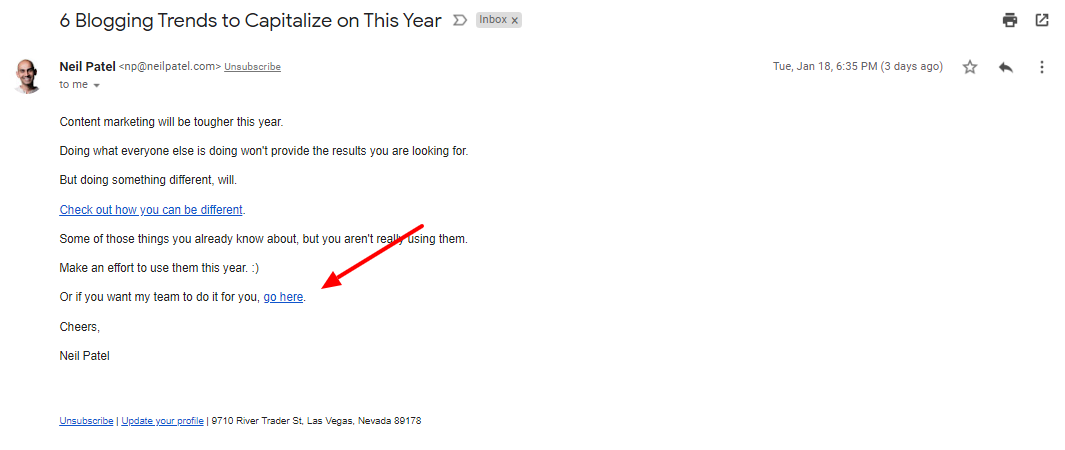
Email list segmentation is the process of breaking down your subscribers into smaller groups based on criteria like demography, location, actions (like pages visited), or your form capture data.
For example, notice how Search Engine Journal asks for their visitor’s interest in their opt-in form to send targeted email content.
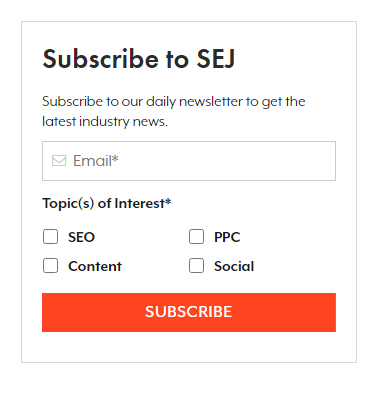
The whole idea is to send persona-specific content to your leads to drive better results and faster conversions. For instance, you can send your top-of-the-funnel leads (like someone who signed up from a purely educational article) your new blog posts or short guides or eBooks on the subject they’re interested in.
On the other hand, sending content like case studies and testimonials to your bottom of the funnel leads will be more beneficial to drive them towards purchase.
Conclusion
That’s exactly where this article can help—implement a few, if not all, these tips, and you’ll be in a better position in terms of understanding your audience, what they want, and how to deliver to their expectations.
Speed up your search marketing growth with Serpstat!
Keyword and backlink opportunities, competitors' online strategy, daily rankings and SEO-related issues.
A pack of tools for reducing your time on SEO tasks.
Discover More SEO Tools
Domain Analysis Tools
SEO Domain Analysis – gain insights into your website's strengths and weaknesses
URL Inspection Tool
Uncover hidden SEO opportunities with our powerful URL Inspection Tool
Keyword Rank Checker
Google Keyword Rankings Checker – gain valuable insights into your website's search engine rankings
Competitor Website Analytics
Complete analysis of competitors' websites for SEO and PPC
Recommended posts
Cases, life hacks, researches, and useful articles
Don’t you have time to follow the news? No worries! Our editor will choose articles that will definitely help you with your work. Join our cozy community :)
By clicking the button, you agree to our privacy policy.

